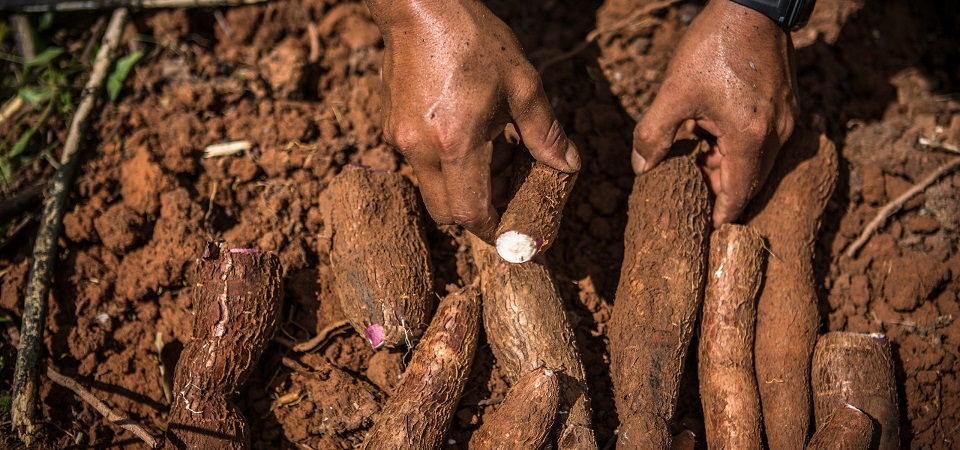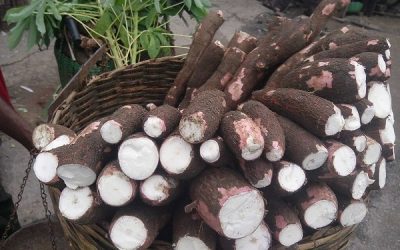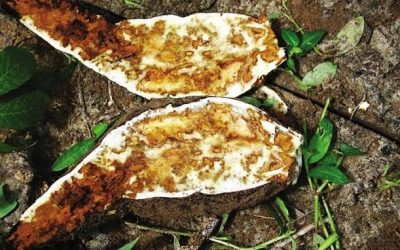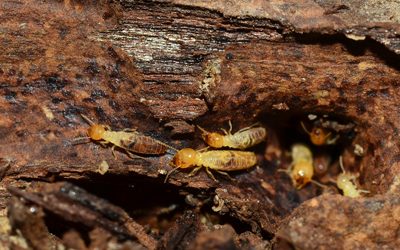How to effectively keep Cassava fresh

The cassava roots deteriorate within 2 – 3 days of harvesting. This means a high selling risk for the seller as the produce becomes unsaleable after a short time. The seller tries to compensate for his sales risk by asking the appropriate prices. This means many urban consumers have to pay relatively high prices for fresh cassava roots.
Many methods over the years have been developed to help farmers keep their cassava fresh post maturity.
1. Storing cassava roots in the soil after maturity
The method of leaving cassava roots in the soil after maturity is still widespread today. The roots can be kept in this way for several months without deteriorating.
2. Traditional methods of storing fresh cassava roots
Freshly harvested roots can be buried in the soil to preserve them. This method is evidently oriented to the process of leaving ripe cassava roots unharvested in the earth. It is said that by using this method, cassava roots have been stored from one season to the next.
Storage methods oriented to this process are widely distributed. Roots which cannot be directly consumed or processed after the harvest are piled into heaps and watered daily. The roots can also be coated with a loam paste to attain a storage ability of 4 – 6 days.
In older reports on traditional storage methods processes are described which allow a storage of up to 12 months.
3. Storing fresh cassava roots in crates
Freshly harvested cassava roots can be stored in wooden crates. The crates are lined with a layer of sawdust. The spaces between the roots are also filled with sawdust. Finally, the roots are then covered with sawdust..
The sawdust, which can be replaced by any other resorbent material e.g. dust from coconut fibres, has to be damp but must not be wet. If the sawdust is too dry the roots will deteriorate quickly. Sawdust which is too moist promotes the formation of mould and rot. To prevent the roots drying out too early, the crate should be lined with plastic foil. A storage period of 4 – 8 weeks was attained with crates in experiments.
4. Storing fresh cassava roots in water
This is a widespread method on a household level and with traders. For this, various sized containers are filled with water and the roots are completely submerged.
Storage duration can only be extended minimally by this method. The roots stored in this way normally begin to ferment or spoil after 3 days. The effectiveness of this method depends greatly on the degree of freshness of the roots when they are stored. As the roots passed on to the dealers are mostly already 1 – 2 days old, the storage ability of the roots is hardly improved by this method.
5. Storage in plastic bags
The use of plastic bags to preserve cassava roots can be seen as a consistent extension of traditional storage methods which serve the purpose of avoiding the loss of moisture and water stress.
Freshly harvested roots are put into bags. Fungicides should be applied before the bags are closed to avoid the formation of mould and rot. When the roots which are packed airtight, breathe the oxygen content in the bags is reduced creating a preserving effect. High temperatures (above 40°C) as well as low temperatures (below 10°C) both have a positive effect on the duration of storage.
A storage duration of more than 14 days was reached using this method. This method is particularly interesting for dealers and consumers. As with storing in crates, the risks involved in transport and sales is reduced for the trader.


